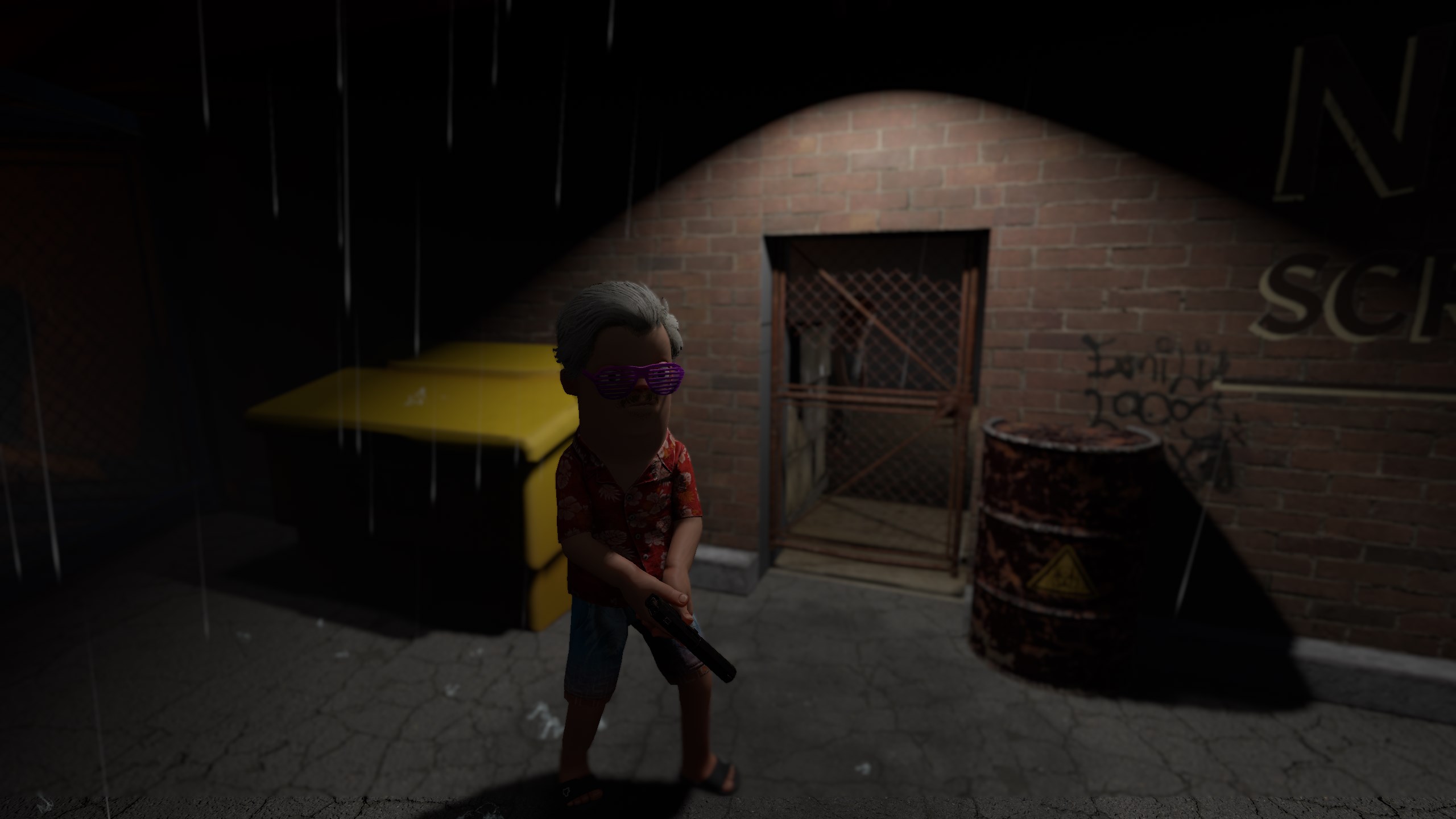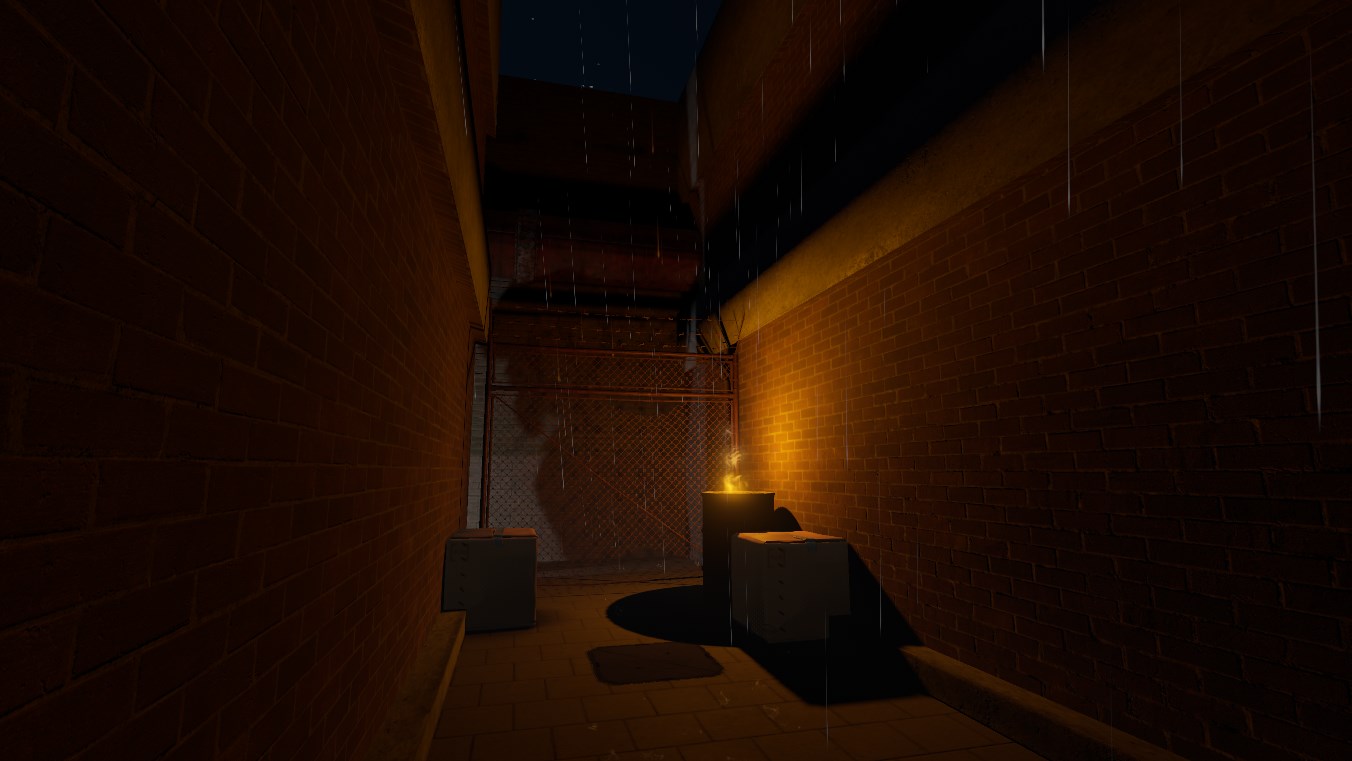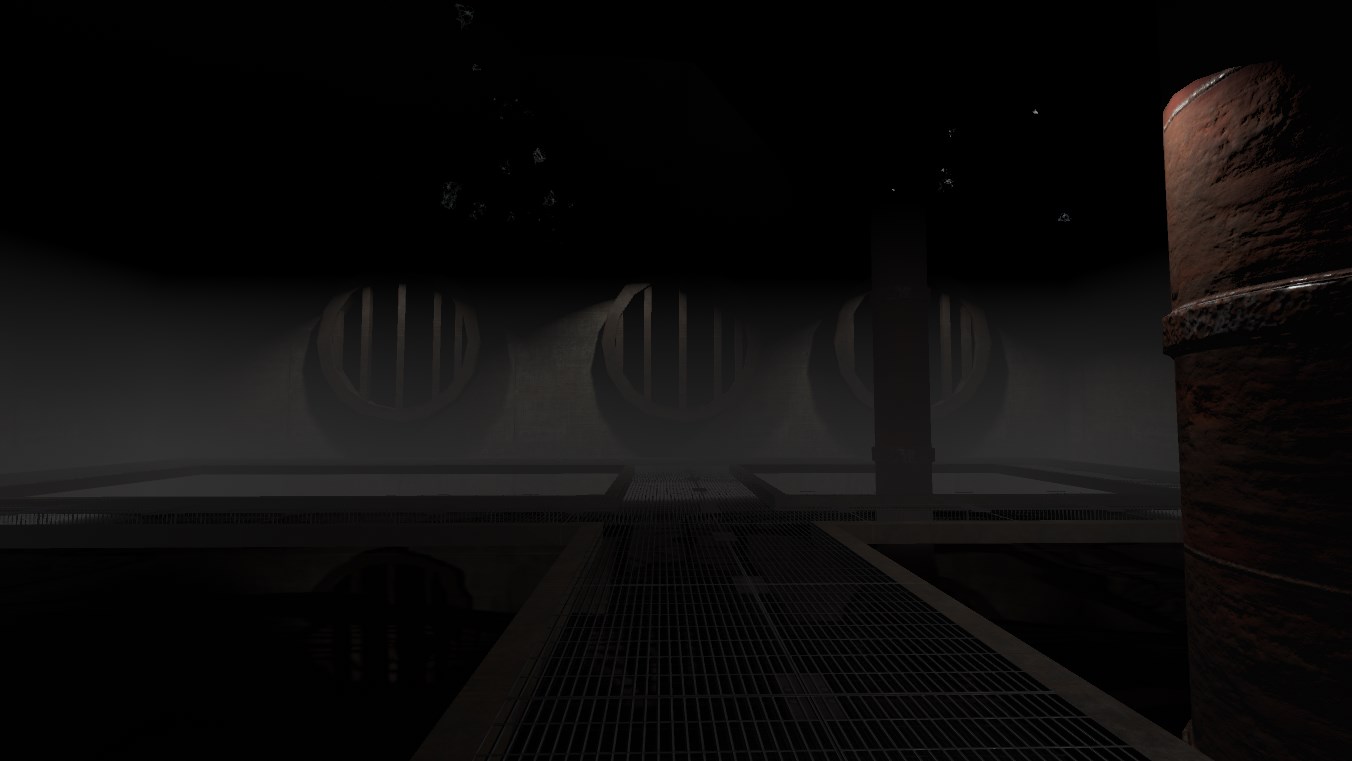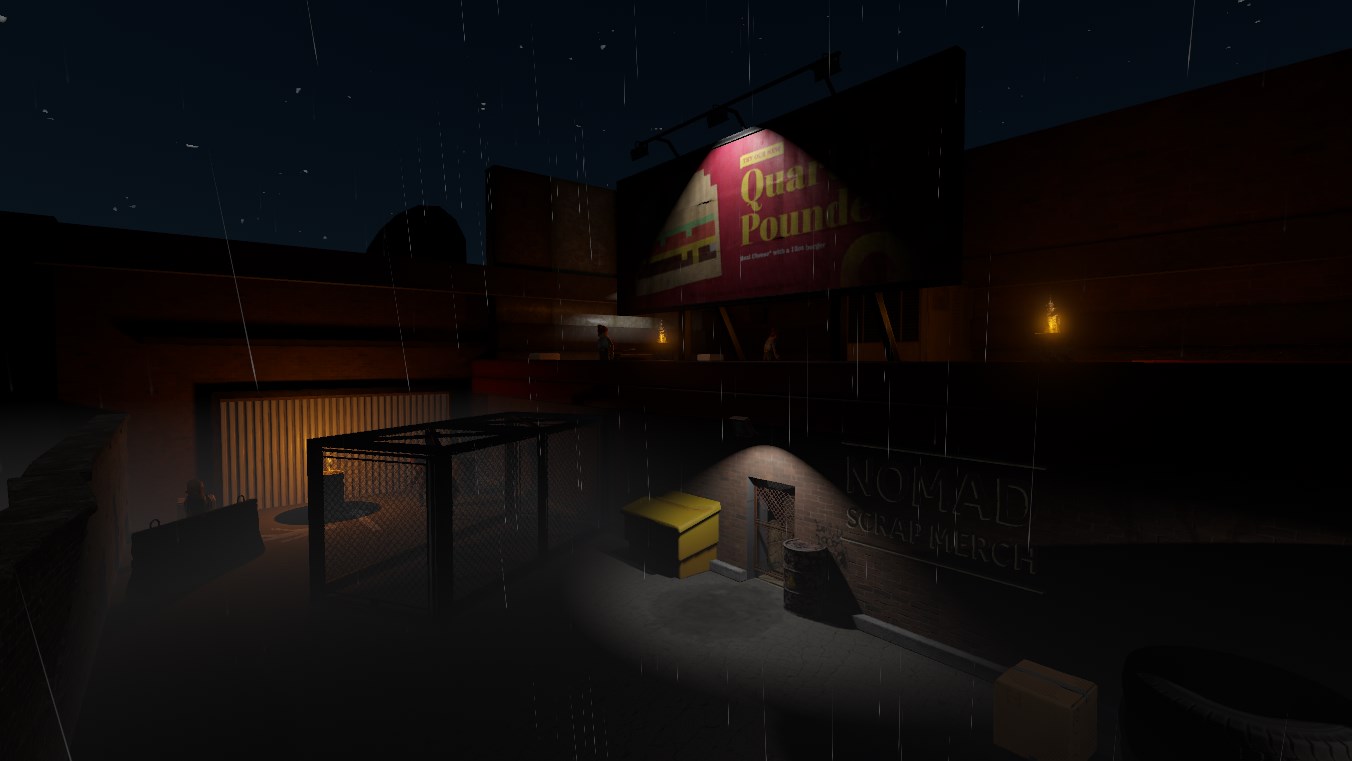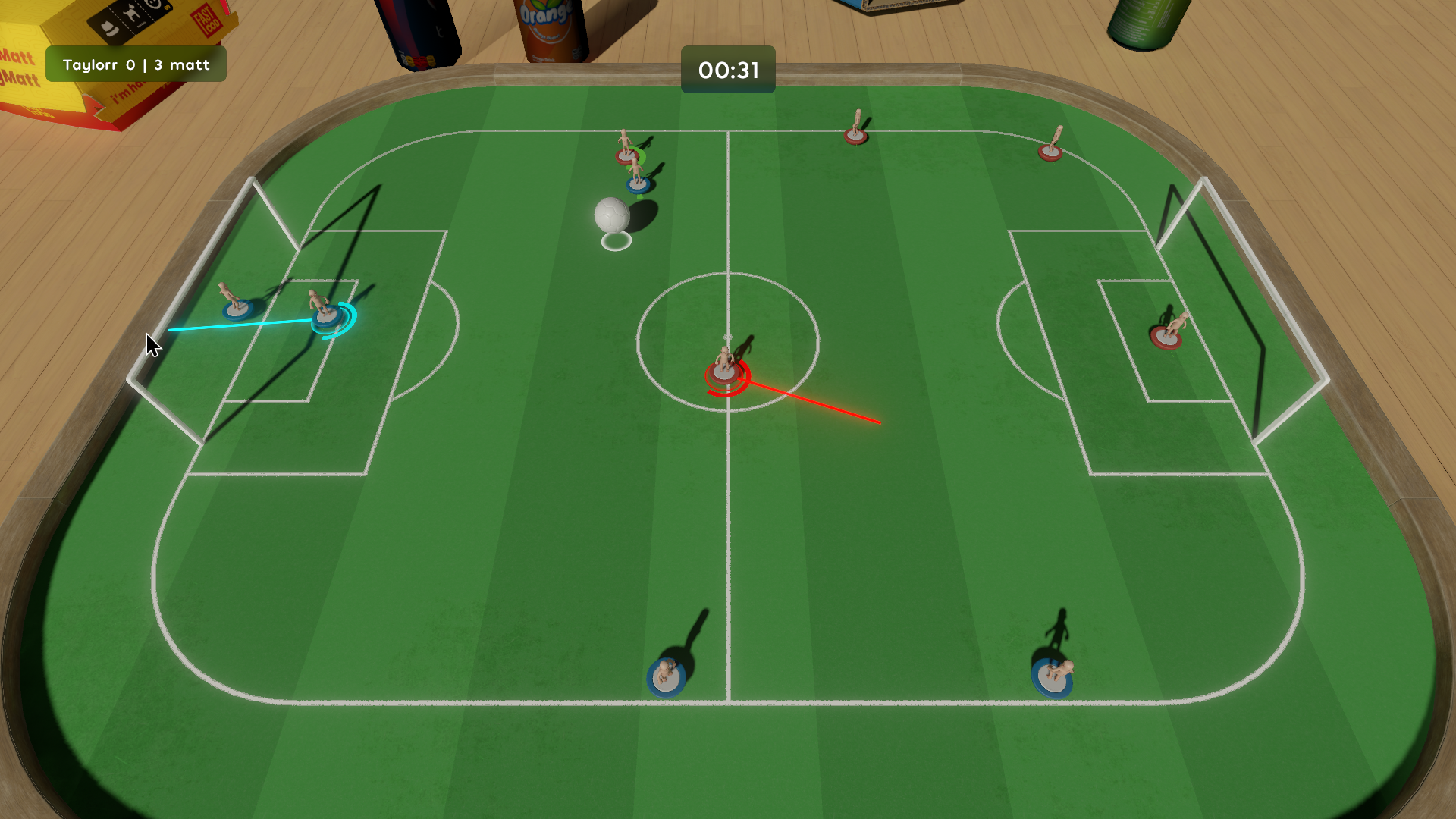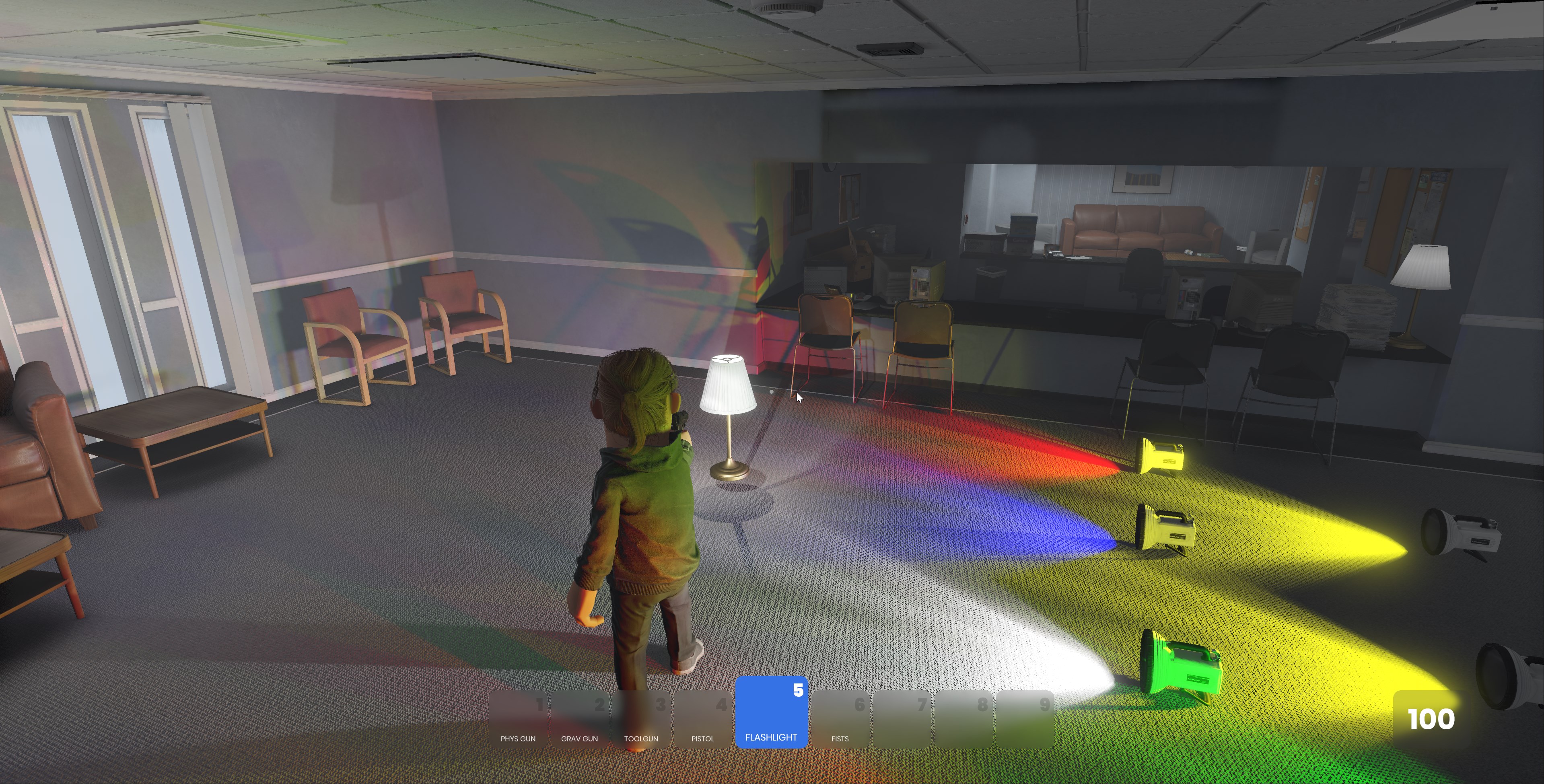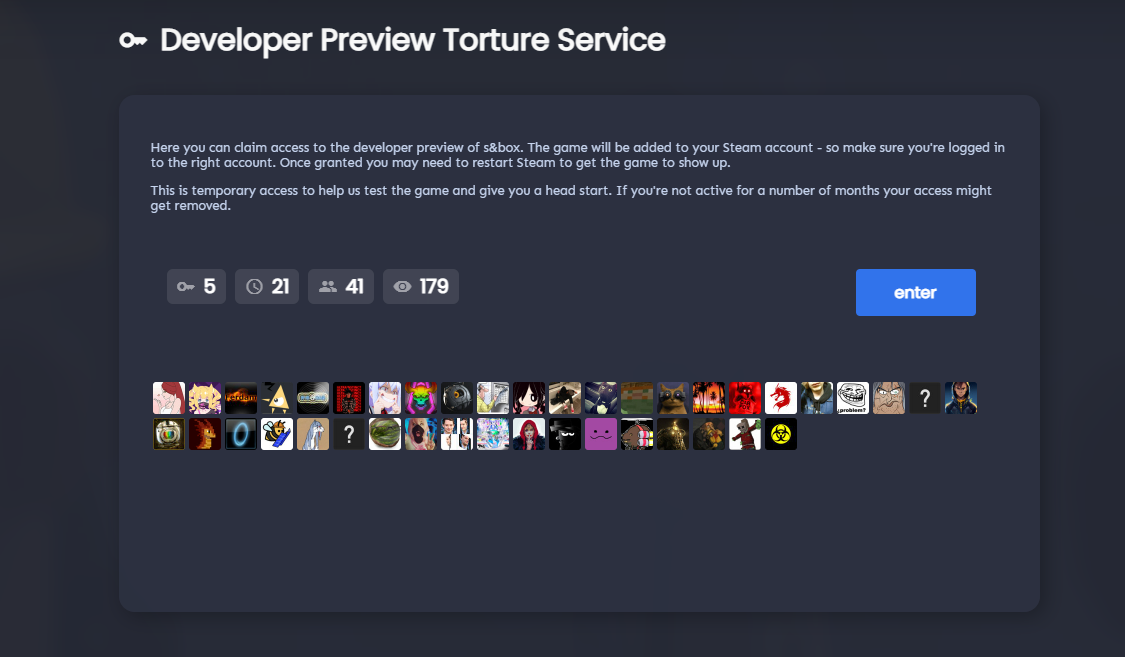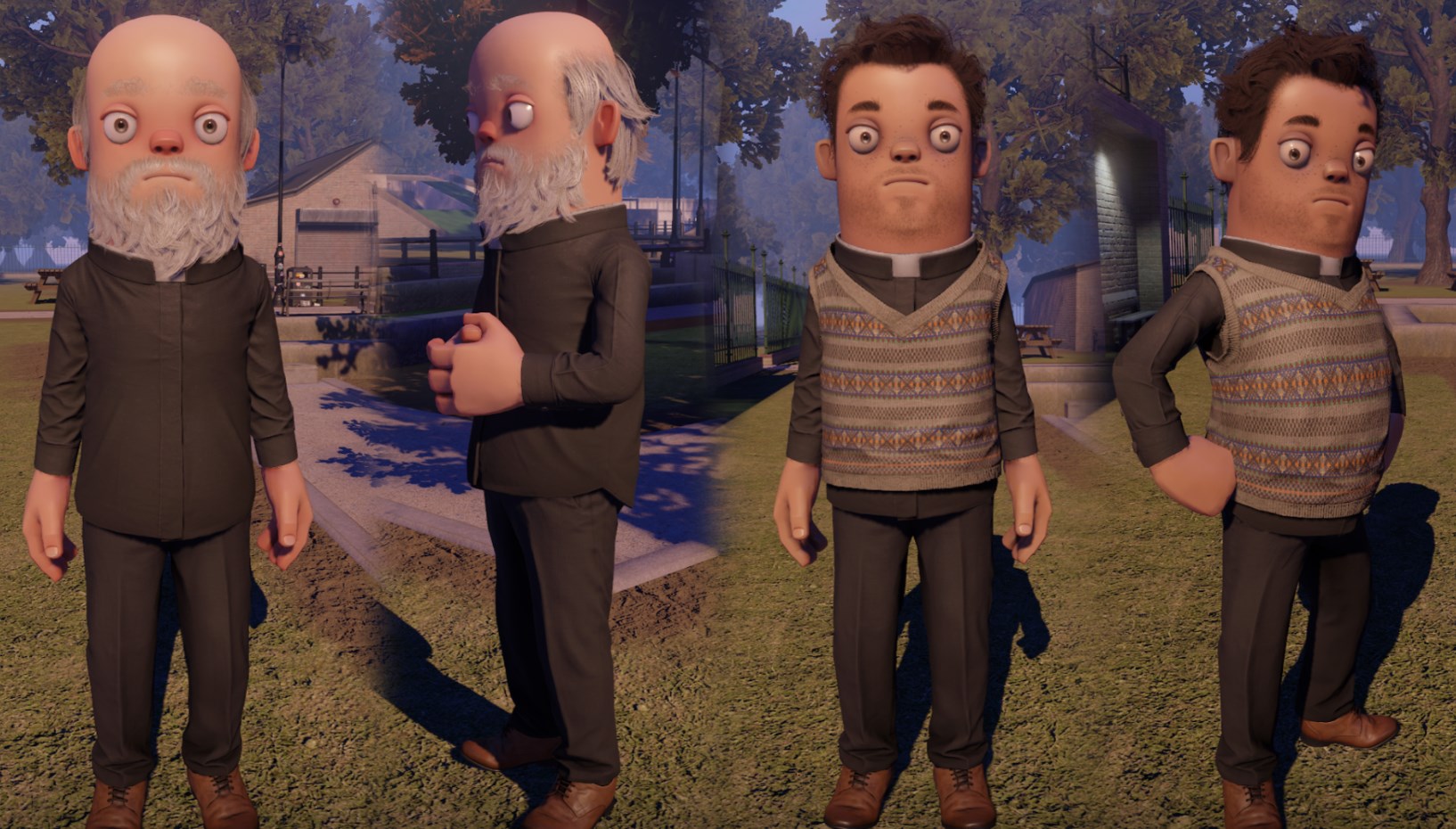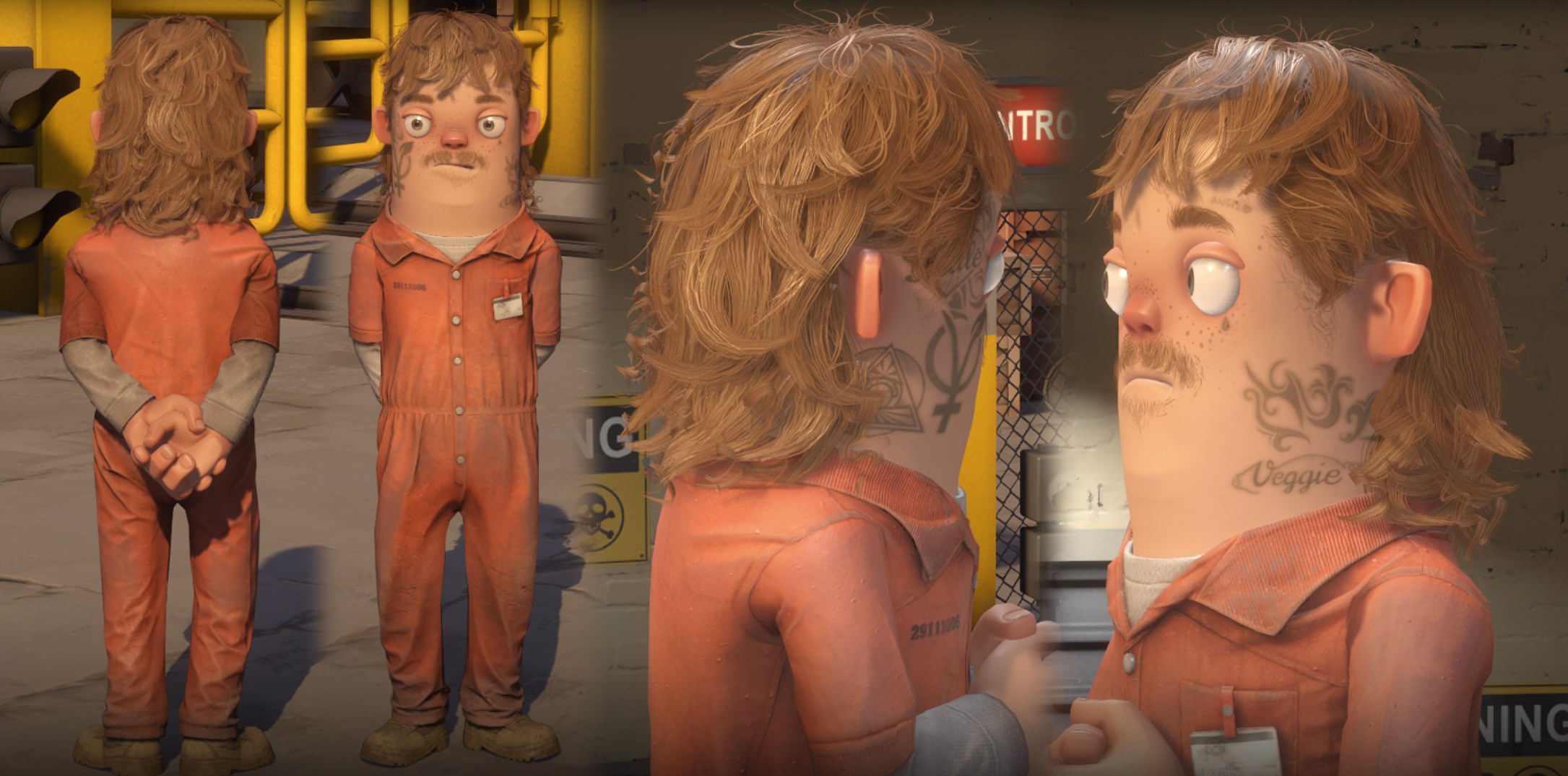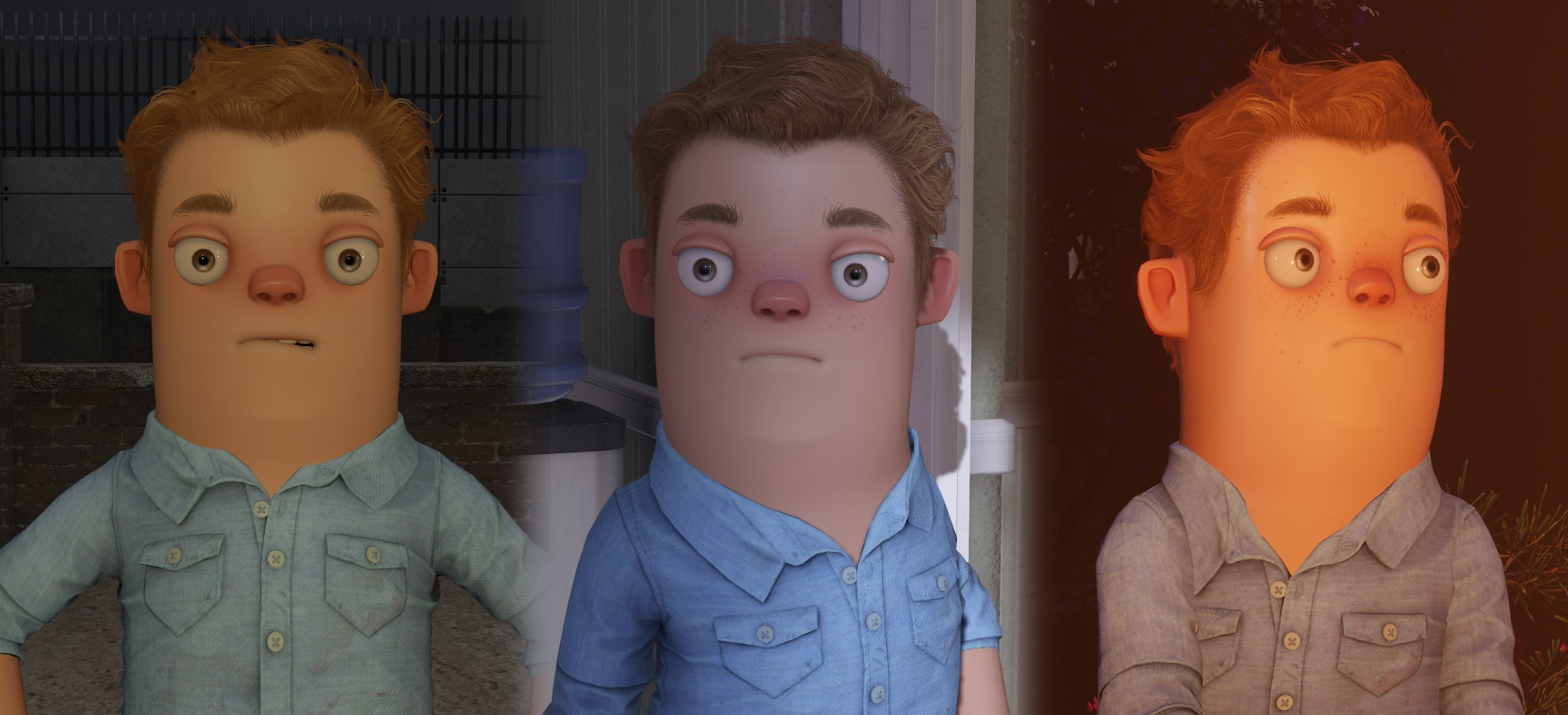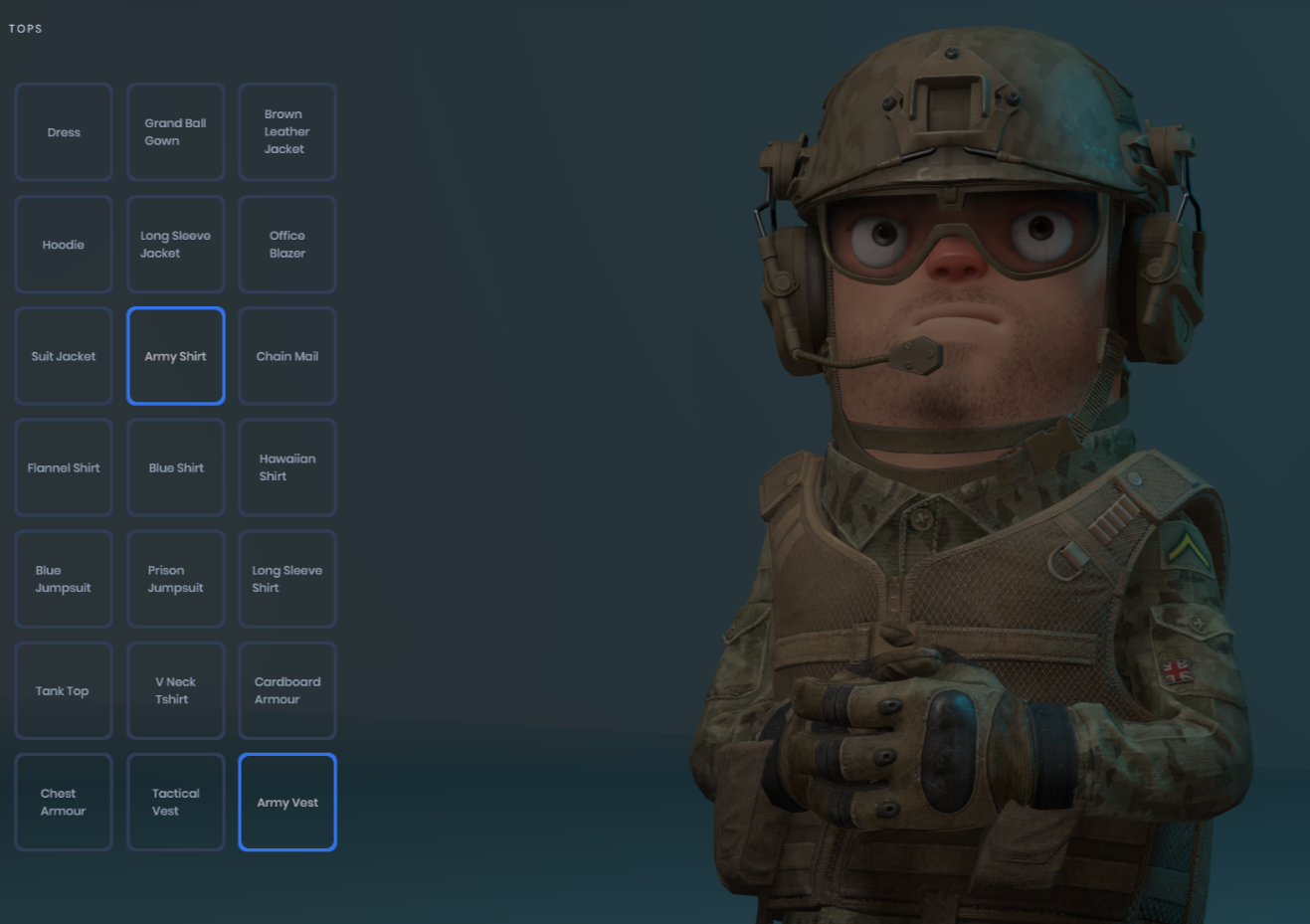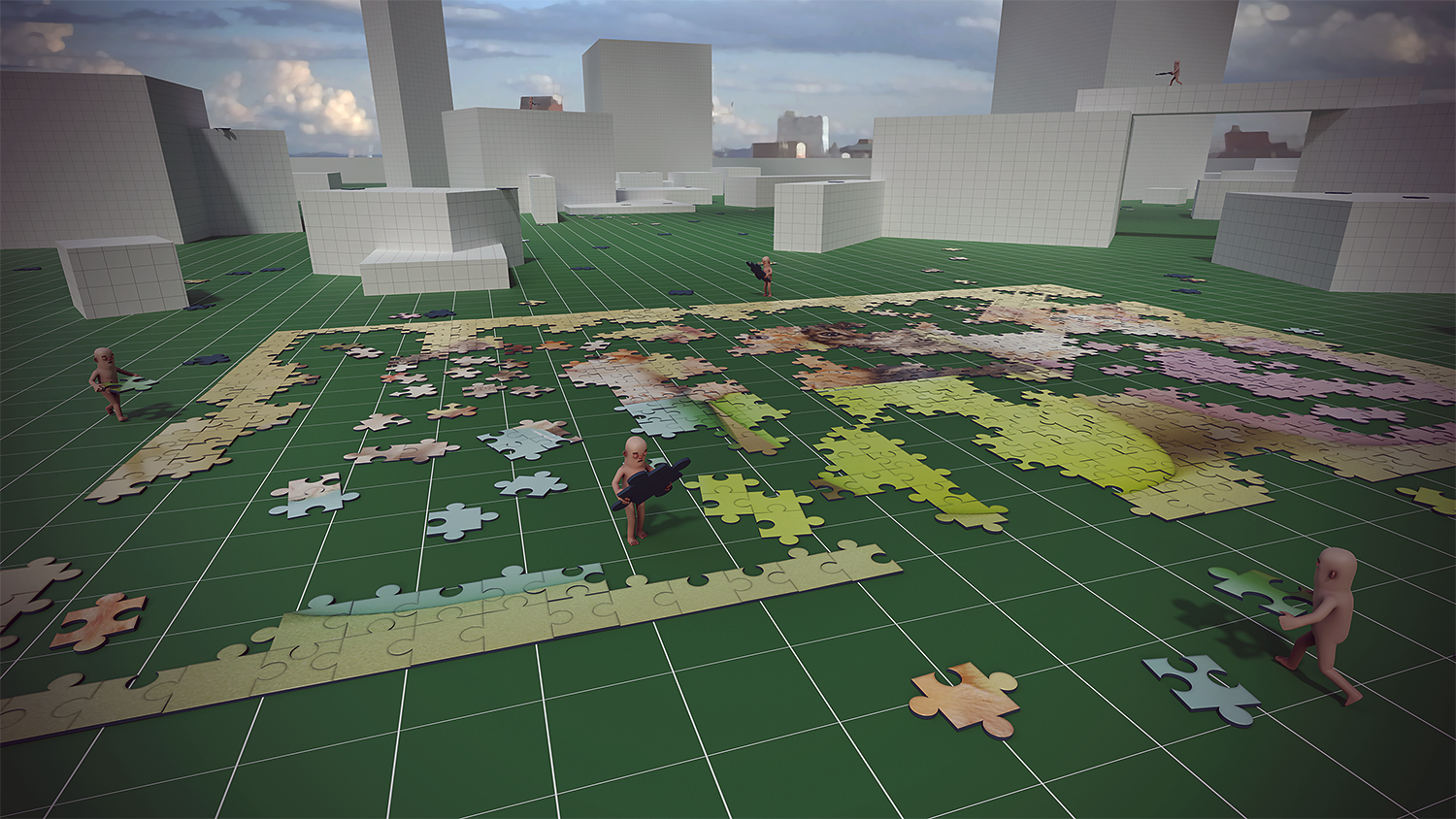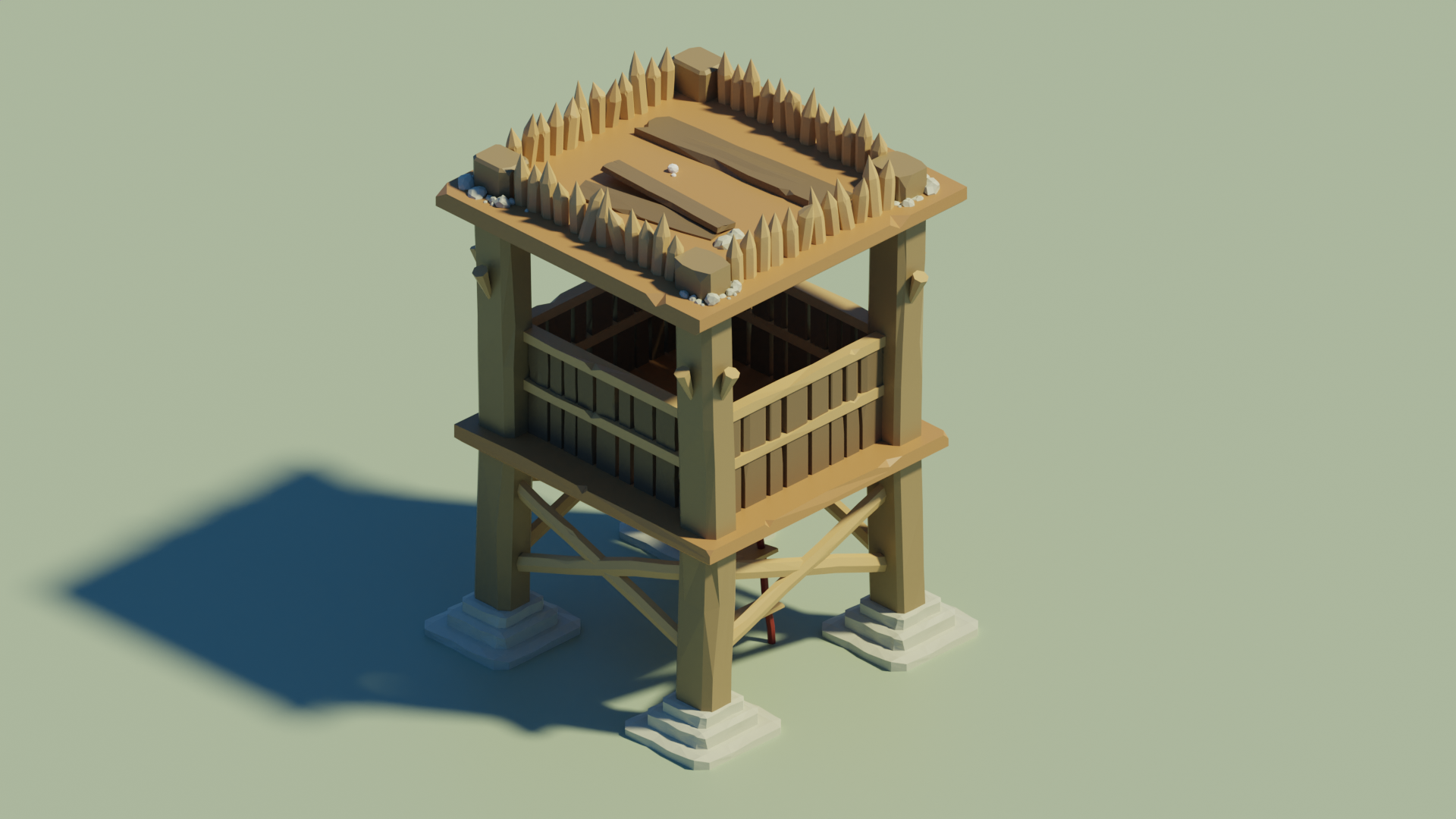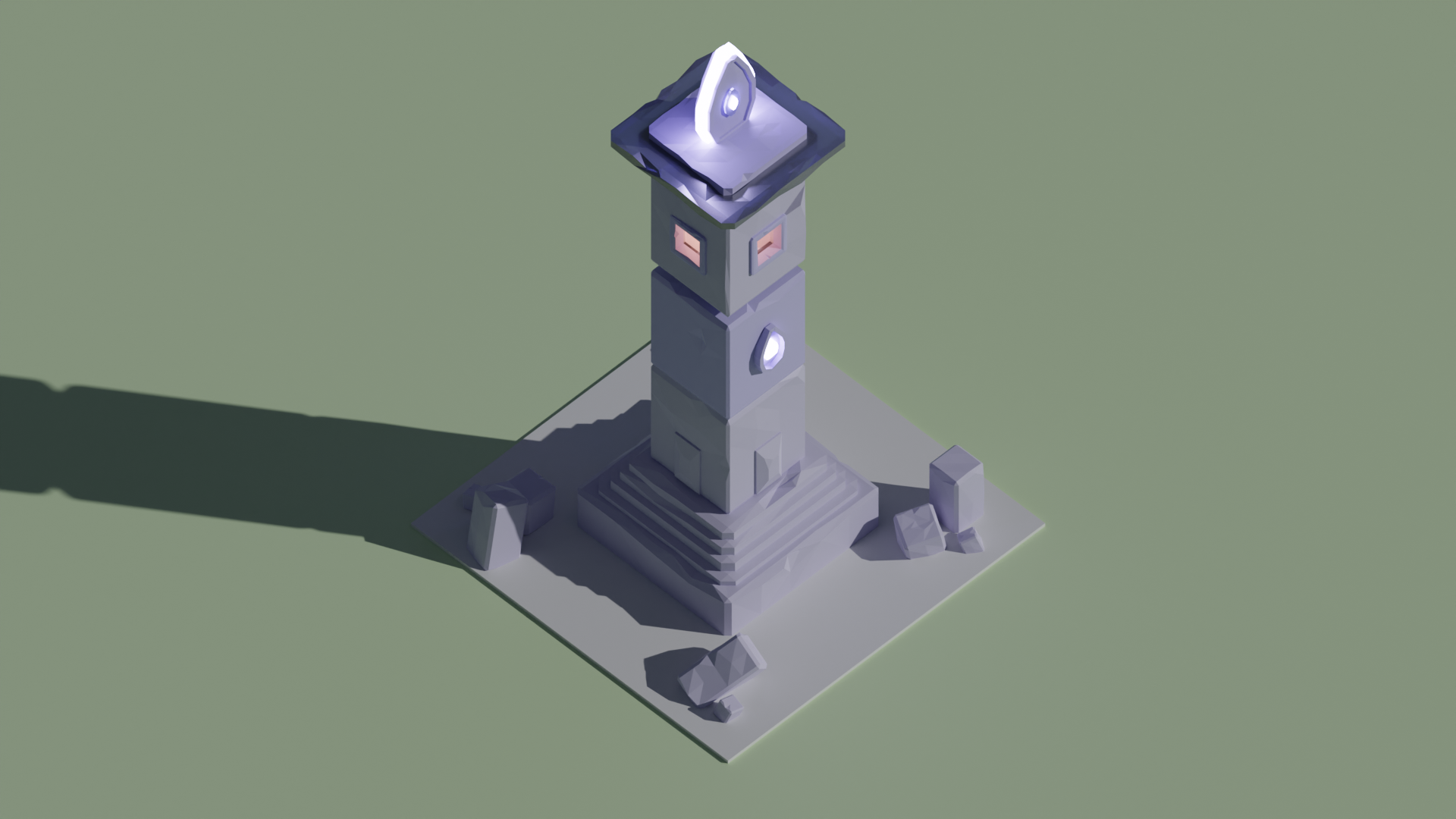Ryleigh and I have been working closely together on Chippy and other stuff for years, but
this is our first game jam together. The basic idea was to re-implement
one of Ryleigh's old 2D prototypes in S&box, add multiplayer, and
see what new ideas would come to us while playing around with it.
The
original prototype has the player navigate a randomly generated 2D
maze, with the twist being they can vault over the walls once every few
seconds. They need to collect a key that opens the exit hatch, while
avoiding the other denizens of the labyrinth.
We
got the main game loop working in S&box within the first two days,
while having a great time programming and testing together with one of
us hosting a listen server. From there we started building on the idea,
trying out mechanisms until we found interactions that let players
co-operate, incentivised risky plays, or were just plain fun. We also
added a bunch of varied enemy types that players encounter as they
progress deeper into the game, and a simple scoring system with
leaderboards for replayability. We rounded off the hack week by throwing
in some sound effects, and Louie helped us with the environment art to
make it look like a real game.
I
particularly love Ryleigh's idea of having players throw whatever
they're holding an extra tile ahead when they vault, meaning players can
pass the key between each other, or accidentally put it in a really
awkward spot if they're not careful. Another highlight is how we
resolved the case of one player vaulting on top of another: players can
carry each other like they carry the key!
While
we had a fun little game after hackweek, we'd like to do some
final tweaks like add a proper ending and some more enemy variants.
Overall I'm super happy with how much S&box let us achieve in a
week, and can't wait to make more soon!
You can play Mazing right now in-game, let us know what you think!

